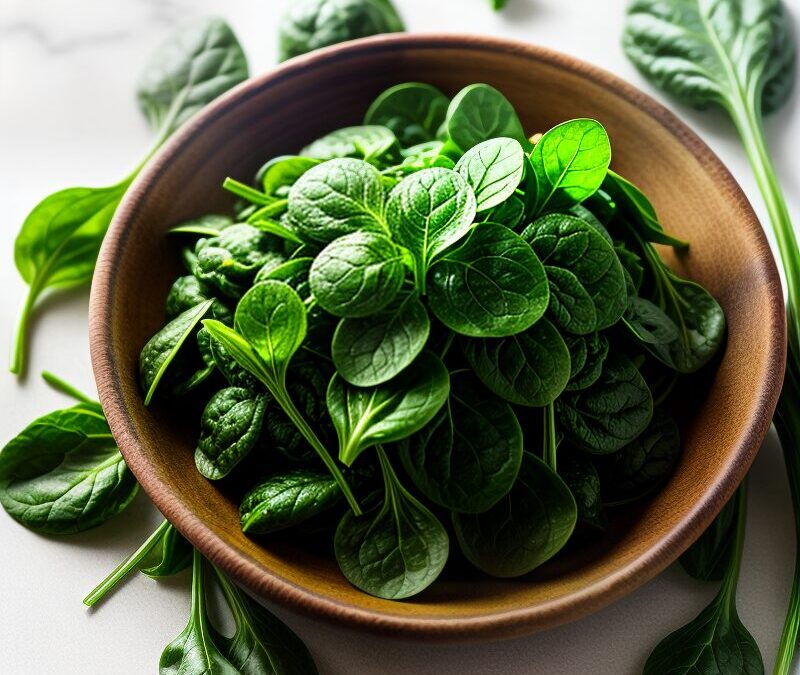Your Ultimate Guide to Growing Spinach
Master the Art of Spinach Cultivation
Discover the secrets to selecting, planting, and caring for spinach to ensure a bountiful harvest.
Introduction to Spinach Cultivation
Welcome to the WE2U Spinach Growing Guide
Our comprehensive guide is designed to help you grow spinach successfully. From choosing the right varieties to planting and caring for your plants, we cover everything you need to know. Spinach is not only a versatile and nutritious addition to your diet, but it also thrives in various climates when grown with eco-friendly and sustainable practices.
Choosing the right spinach varieties is crucial for a successful harvest. Whether you are growing spinach for fresh salads, cooking, or juicing, our guide provides detailed steps to ensure your plants thrive. Additionally, incorporating spinach into your diet offers numerous health benefits, making it a valuable crop for any garden.

Spinach Varieties and Their Uses
Explore the diverse world of spinach varieties, each with unique characteristics suited for different purposes. For fresh salads, consider smooth-leaf varieties like Bloomsdale. For cooking, savoyed types such as Tyee are ideal. If you are looking to juice, heat-tolerant varieties like Malabar or New Zealand Spinach are perfect for summer planting. Spinach thrives in cooler climates, making it a versatile crop for early spring and fall.
Choosing the Right Spinach Varieties
Selecting Spinach Varieties
When selecting spinach varieties, it’s essential to consider your specific needs and climate conditions. Determine whether you want spinach for fresh salads, cooking, or juicing. Spinach thrives in cooler climates, so choose varieties that match your growing season. For early spring and fall planting, opt for Bloomsdale or Tyee. For summer planting, consider heat-tolerant varieties like Malabar or New Zealand Spinach. Additionally, select varieties based on leaf type (smooth or savoyed) and growth habit to ensure you get the best results.

Planting Spinach Correctly
To plant spinach successfully, start by choosing a location with partial to full sunlight. Spinach prefers cooler temperatures and some shade in hot climates. Test your soil pH and aim for a range of 6.5-7.0, enriching it with compost and organic matter. Plant spinach in early spring or fall when temperatures are cool, and for a continuous harvest, sow seeds every 2-3 weeks. Space seeds 2 inches apart in rows 12-18 inches apart, thinning seedlings to 3-4 inches apart for proper leaf development. Sow seeds 1/2 inch deep and cover lightly with soil to ensure healthy growth and a steady harvest.
Caring for Spinach Plants
Spinach Plant Care
Proper care is crucial for healthy spinach plants and a good yield. Keep the soil consistently moist but not waterlogged, watering evenly to promote rapid growth and tender leaves. Apply a thin layer of organic mulch, such as straw or leaves, around plants to retain moisture and suppress weeds. Use a balanced organic fertilizer before planting, and if needed, apply a nitrogen-rich fertilizer to encourage leafy growth. Regularly monitor plants for signs of pests or diseases, using natural remedies like neem oil or insecticidal soap for pests such as aphids and leaf miners. Practice crop rotation and proper spacing to reduce disease risk, and remove any diseased plants to prevent the spread of pathogens.

Harvesting Spinach at Its Peak
To ensure the best flavor and quality, it’s crucial to harvest spinach at the right time. Spinach leaves should be picked when they are large enough to eat but before they become tough or bitter. This typically means harvesting in the morning when the leaves are crisp and full of moisture. Use a sharp knife or scissors to cut the leaves, handling them gently to avoid bruising. Incorporate images that show the correct timing and method for harvesting to guide you through the process.
Post-Harvest Care for Spinach
Proper post-harvest care is essential to maintain the quality of your spinach. Start by storing spinach in a cool, damp place. Wrap the leaves in a damp cloth or paper towel and place them in a plastic bag in the refrigerator. This method helps retain moisture and keeps the spinach fresh for up to a week.
For longer storage, consider blanching and freezing the spinach. Blanching involves briefly boiling the spinach and then plunging it into ice water to stop the cooking process. This method preserves the nutritional value and extends the shelf life of your spinach. Effective storage and preservation techniques ensure that you can enjoy the benefits of your harvest for an extended period.
Nutritional and Health Benefits of Spinach
Spinach is a powerhouse of nutrients, making it an excellent addition to your diet. It is rich in vitamins A, C, and K, as well as folate, iron, calcium, and magnesium. These nutrients contribute to various health benefits:
- Vision Health: High in beta-carotene and lutein, spinach supports eye health.
- Immune Support: The vitamin C and antioxidants in spinach help boost the immune system.
- Bone Health: Vitamin K and calcium in spinach promote strong bones.
- Heart Health: Potassium and folate content help regulate blood pressure and support heart health.
- Digestive Health: Dietary fiber in spinach aids digestion and promotes a healthy gut.
Include images that highlight these nutritional and health benefits to visually reinforce the importance of incorporating spinach into your diet.


